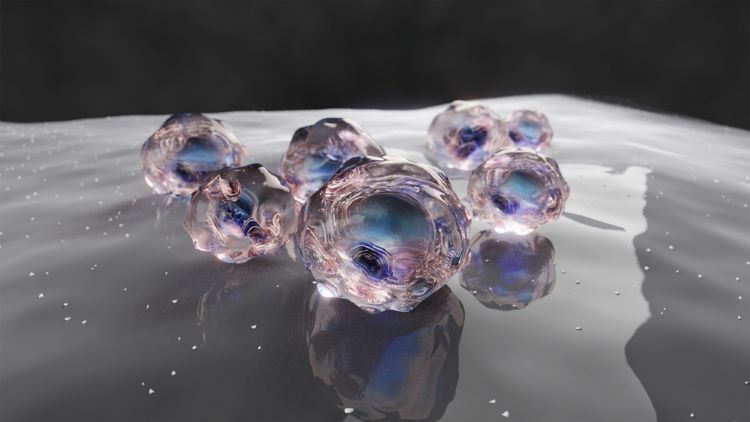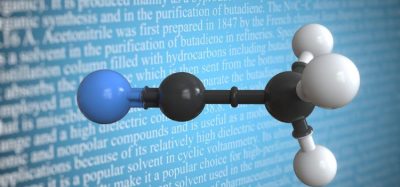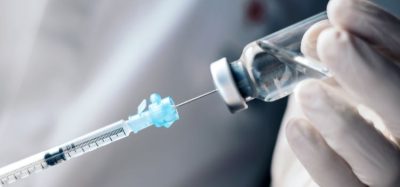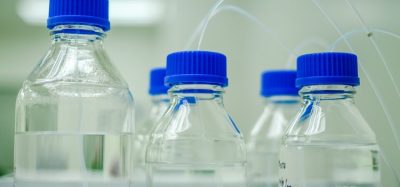Optimising iPS cell-based platelet manufacturing scale up
Posted: 24 June 2024 | Catherine Eckford (European Pharmaceutical Review) | No comments yet
Large-scale platelet manufacturing must consider turbulent energy and shear stress as well as the undesired turbulent flow space within a bioreactor, the paper concluded.


To help mitigate challenges in large-scale induced pluripotent stem cell (iPSC)-based platelet manufacturing, researchers have designed a novel bioreactor “with a modified rotary mixing impeller and wall structure for easy scale-up”.
They developed a 50 L single-use bioreactor tank and a new motor regulator for competent platelet production.
Their study assessed the feasibility of scaling up a good manufacturing practice (GMP) grade, USP standard class IV polyethylene tank.
Single-use technology propelling upstream bioprocessing market expansion
Large-scale iPSC-PLTs manufacturing from cultured immortalised megakaryocyte progenitor cell lines (imMKCLs) needs an optimised tank structure as well as optimal turbulent energy and shear stress, the authors explained.
Improving efficiencies in platelet production
The authors highlighted the importance of “true industrial-scale manufacturing” for facilitating “a consistent supply of transfusable platelets for patients with thrombocytopenia and other platelet disorders”.
Okamoto et al. developed a new bioreactor system to ensure a more uniform distribution of cells and turbulent flow. Having built a 3 L system, the researchers found, as expected, highly efficient production of high-quality platelets.
Through simulating a three-level impeller system, the researchers proposed that designing 50 L turbulent flow bioreactor “should reduce the volume with defective turbulent flow”. Notably, they found “substantial” space with nonoptimised turbulent flow within the larger 50 L tank.
“iPS cell-derived expandable immortalised megakaryocyte progenitor cell lines (imMKCLs) represent a renewable means to produce large amounts of platelets ex vivo for transfusion”
According to this paper on platelet manufacturing, the larger tank consistently demonstrated lower efficiencies. This was compared to the smaller tanks that were tested in this study (3 or 10 L). This observation was made despite the speed being optimised to generate turbulent energy and shear stress like average values seen in smaller tanks, Okamoto et al. wrote.
“iPS cell-derived expandable imMKCLs represent a renewable means to produce large amounts of platelets ex vivo for transfusion,” Okamoto et al. emphasised.
While further work is needed to build a larger scale system and test the new bioreactor design, the research team expect that next time, scale up will bring less obstacles, due to the new reactor design does not having the same limitations.
The paper was published in Communications Engineering.
Related topics
Biopharmaceuticals, Bioprocessing, Bioproduction, Data Analysis, Drug Manufacturing, Good Manufacturing Practice (GMP), Industry Insight, Manufacturing, Production, Research & Development (R&D), Single Use, Technology, Therapeutics









